The Yale Center for British Art, Louis Kahn’s final project, glows anew after a two-year closure
After years of restoration, a modernist jewel and a treasure trove of British artwork can be seen in a whole new light
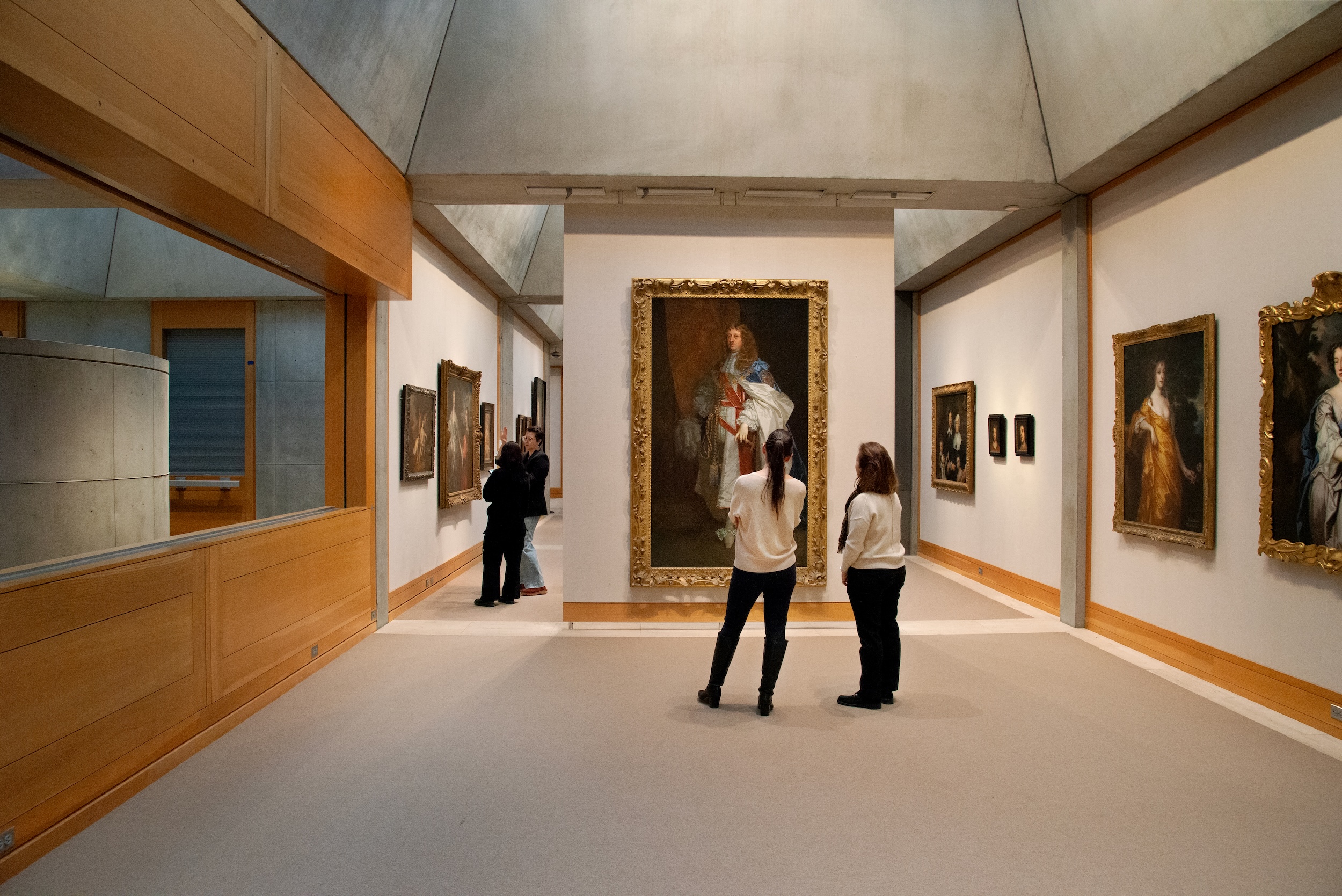
When Louis Kahn was floated as the potential architect of a new museum on Yale University’s campus, a visit was in order.
One morning in April 1969, the museum’s patron, Paul Mellon, met Kahn over breakfast in La Jolla, California before a tour of the architect’s recently-completed Salk Institute. Throughout the meal, Kahn enthusiastically scribbled his ideas on paper napkins. Mellon was clearly impressed by the demonstration. On the drive to see the Salk Institute, as Yale Professor and museum director Jules Prown recalled decades later, “Paul, ever the collector, lamented his failure to pick up the napkins.”
But Mellon did pick up an architect: Kahn was announced as the designer of the Yale Center for British Art (YCBA) just six months later.
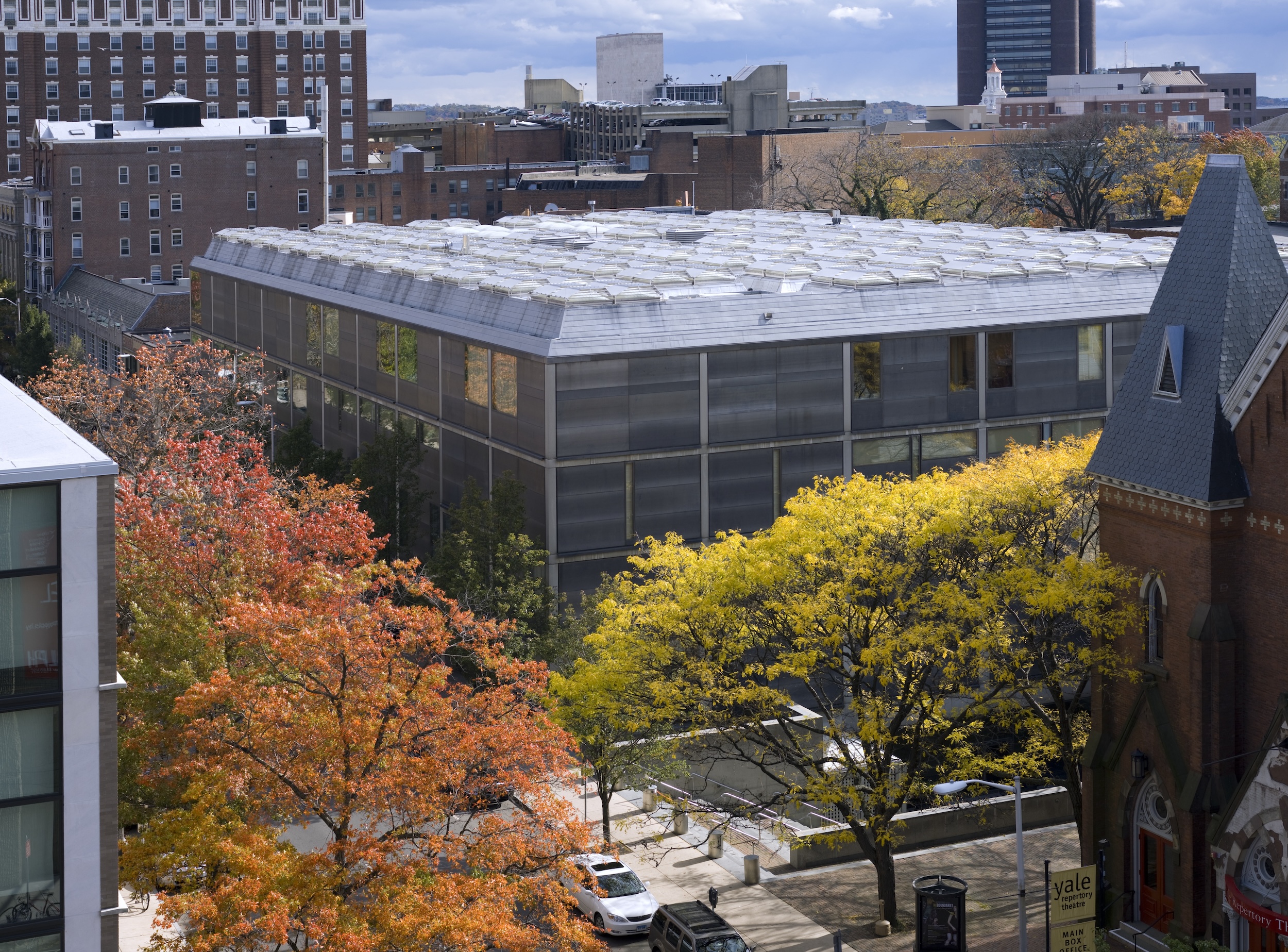
An exterior view of the Yale Center for British Art.
The museum was to be a temple to the study and appreciation of British paintings, drawings and sculpture. Mellon, a philanthropist, horse-breeder and ardent Anglophile, had amassed a collection of thousands of works by late 18th-and-early-19th-century English masters like William Hogarth, George Stubbs, John Constable, J. M. W. Turner and others.
Though Kahn’s style was distinctly modern—all powerful geometries, muscular materials, shadow and light—he took cues from grand English country estates in his design. Galleries were conceived as stately rooms for contemplation and conversation; sunshine was to filter in through skylights; Kahn even incorporated references to fireplaces as he refined his concept.
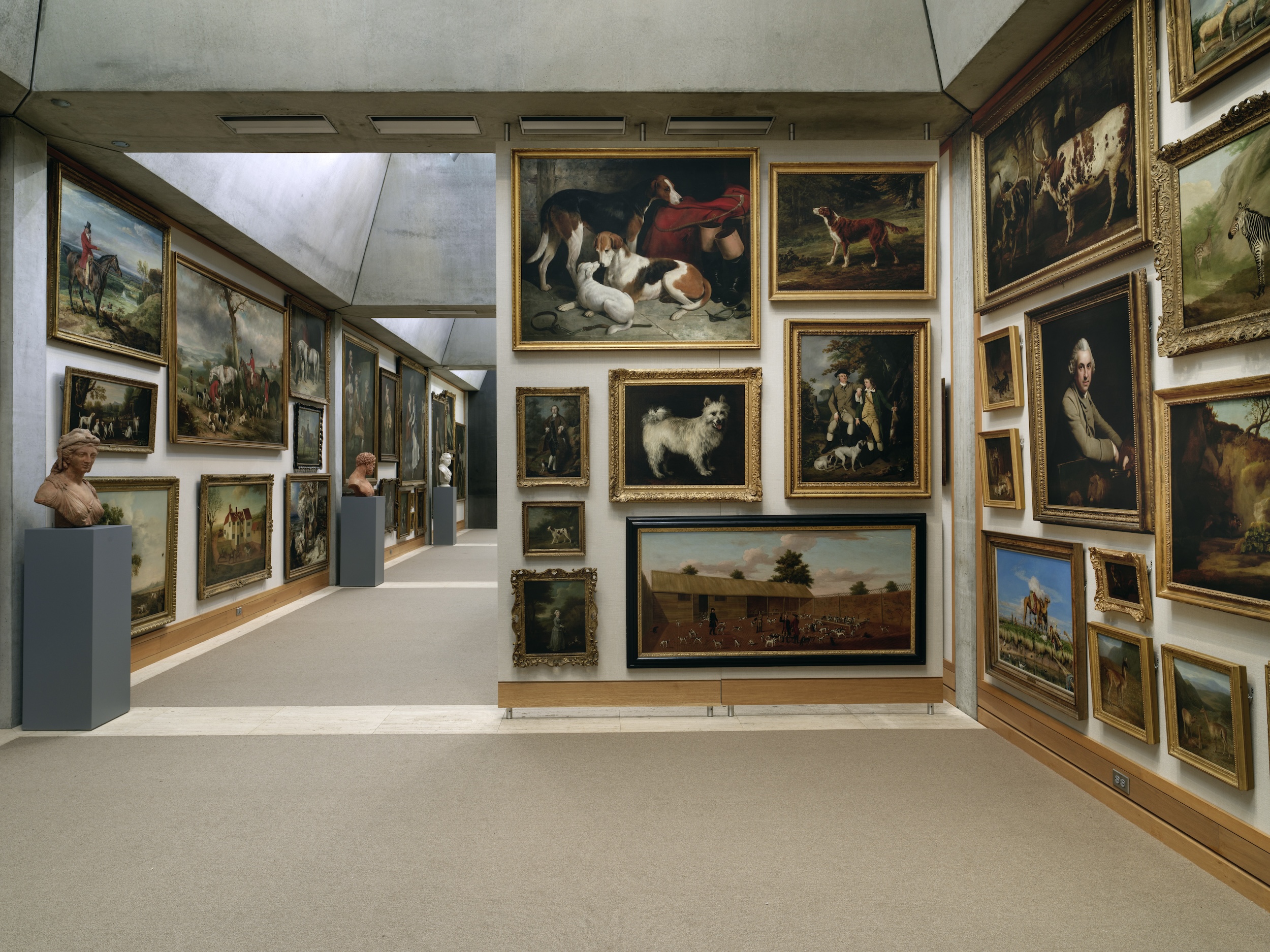
Mellon collected thousands of British artworks, at first of landscapes, horses and hunting scenes.
But the architect never saw the completion of YCBA; in March 1974, midway through the building’s construction, he died of a heart attack in New York’s Pennsylvania Station. YCBA would officially open on 19 April 1977—eight years after Kahn’s napkin sketches in La Jolla.
Nearly half a century later, YCBA remains a pivotal institution in the study of British artistic output. In fact, today it contains the largest collection of British art outside of the United Kingdom. But as the years elapsed, it was clear that the aging building would require restoration to keep pace with the needs of a contemporary museum. Following nearly a decade of successive conservation projects and a two-year closure, YCBA will officially welcome the public back through its doors on Saturday.
Wallpaper* Newsletter
Receive our daily digest of inspiration, escapism and design stories from around the world direct to your inbox.
‘It’s such a gem, and a real jewel here on campus and also in the city of New Haven,’ says Dana Greenidge, YCBA’s head of museum initiatives and building conservation. ‘I think the biggest challenge is how can we uphold Kahn’s legacy and also continue to serve this program and continue to make it relevant in the 21st-century?’
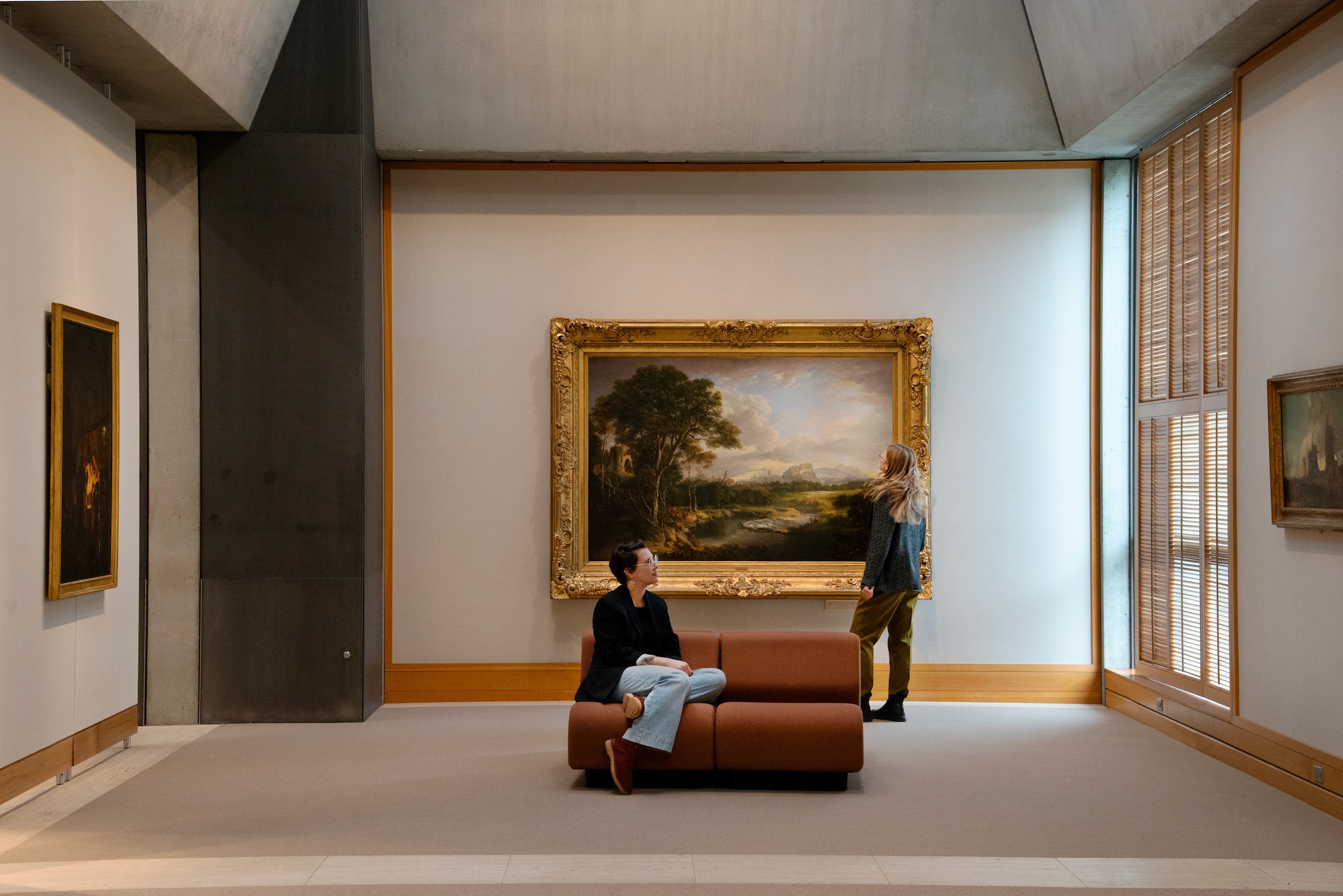
The refreshed galleries emphasise a connection between the art and the architecture, just as Kahn intended.
This round of updates—which follows a larger, eight-year, $33 million restoration by local firm Knight Architecture that wrapped up in 2022—is so surgical and faithful that visitors will likely not even notice the changes. The biggest design adjustments involved updating the galleries’ lighting to contemporary museum standards.
Over the course of the $16.5 million renovation, the conservation team swapped the original halogen fixtures with more energy-efficient LEDS; replaced 6,817 feet of track; installed 2,515 new fixtures; and retrofitted 611 older ones. In addition to changing out 224 original acrylic skylights for more resilient polycarbonate versions, the designers devised a system of new acrylic ‘cassettes’ to better control daylight and conserve different types of artworks on display. Regular wear-and-tear was addressed too, from replacing patches of carpet to updating the cream-coloured Belgian linen that clads the walls.
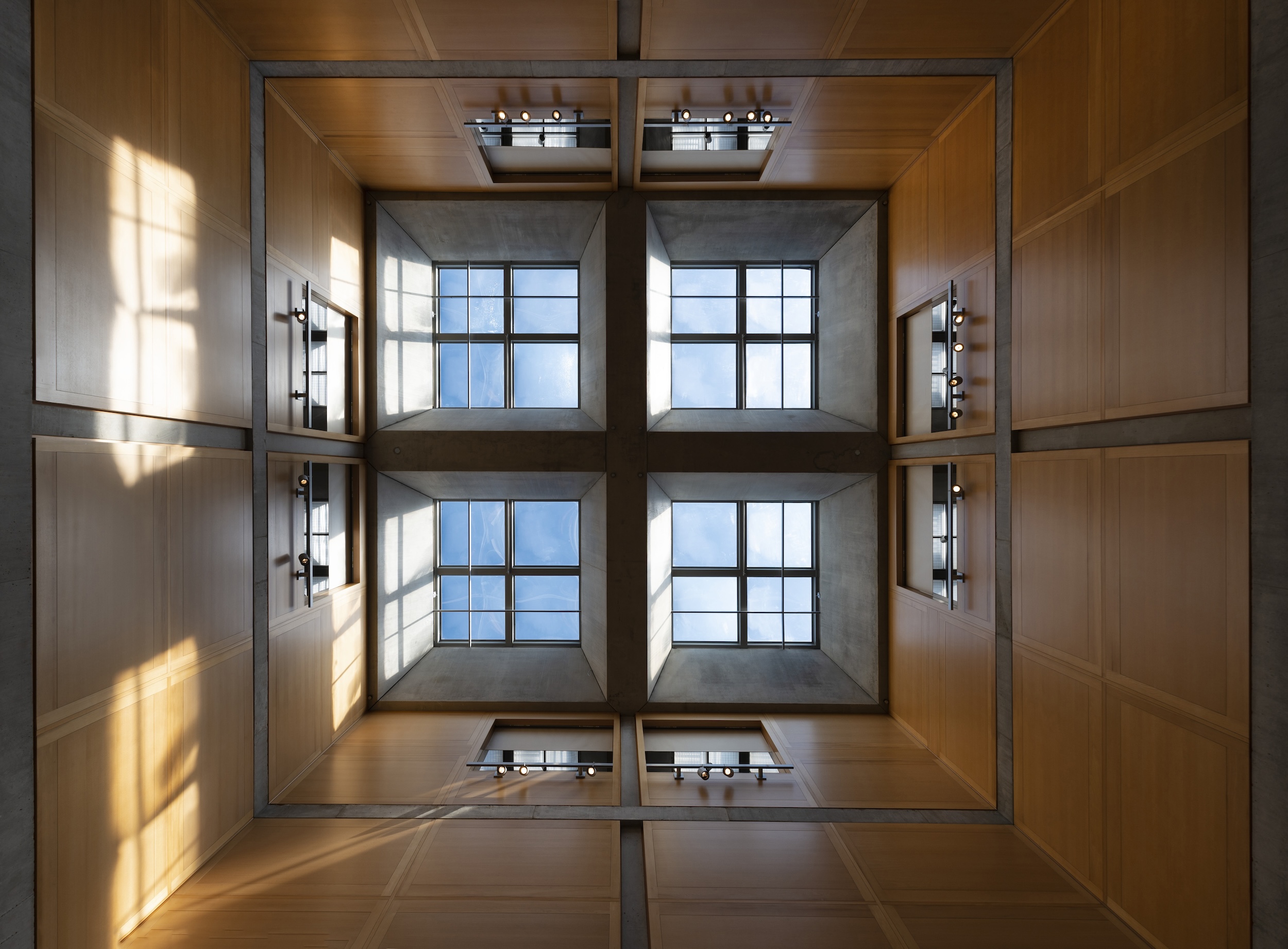
The skylights and lighting were upgraded throughout the museum.
But the most exciting refreshes involve the collection itself. Closing the museum for two years gave the curatorial team the opportunity to revisit YCBA’s deep collections and rethink how the works could be interpreted.
‘[Before] a lot of the collection was brilliant, but could also be quite dense—quite didactic,’ says Lucinda Lax, YCBA’s curator of paintings and sculpture. ‘We wanted to move away from that and make the artwork and the architecture work in a harmonious relationship together.’
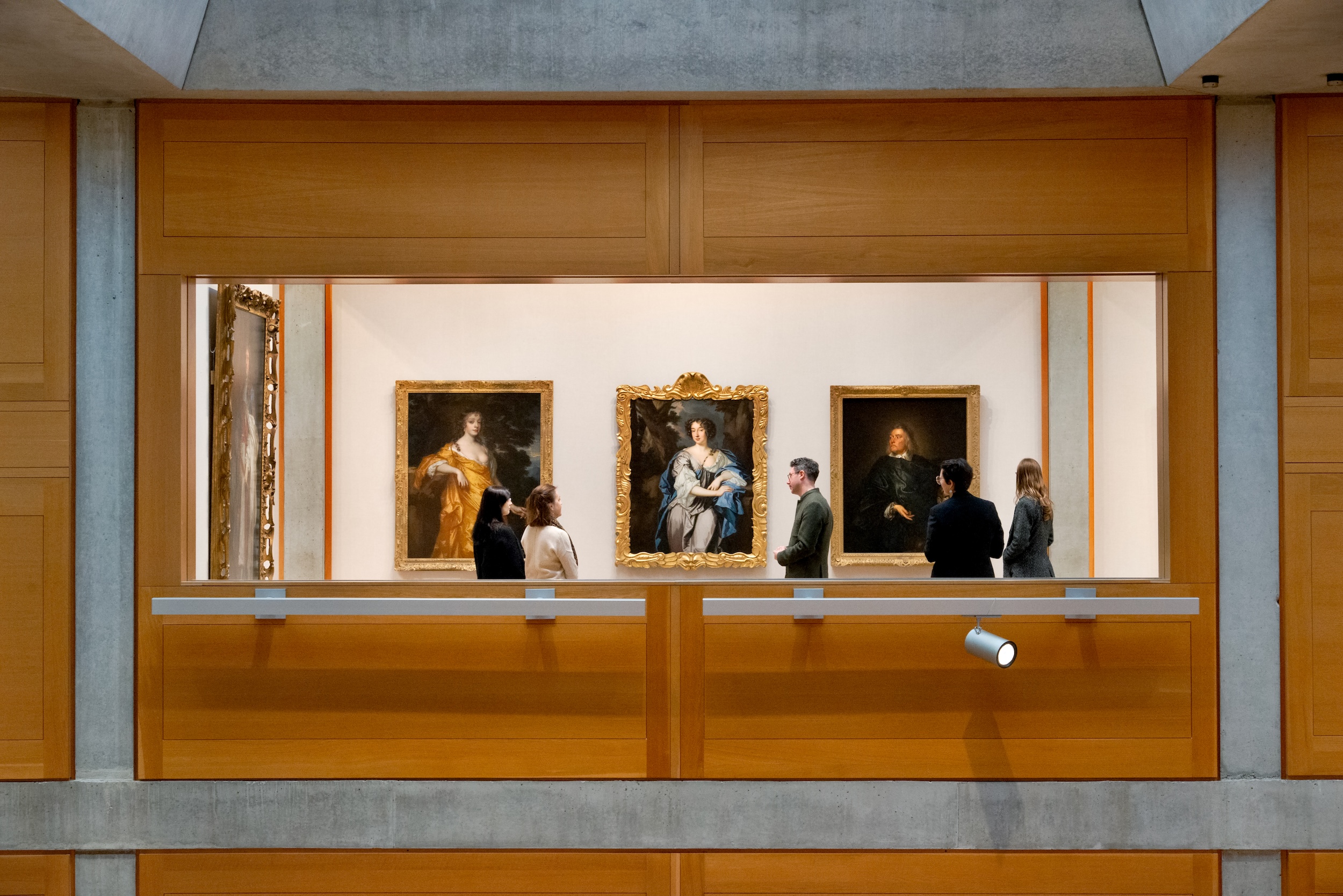
A view across the atrium to the newly-installed upper galleries.
That started with the museum’s top, skylit floor, which was formerly devoted to historical artworks. Now, in a new exhibition called In a New Light it displays five centuries of British creativity, from 17th-century portraits of English nobility to an arresting sculpture by contemporary British artist Yinka Shonibare.
Part of the reinstallation involved de-densifying the floor by removing display partitions, a move that opens up fresh sightlines through Kahn’s building and enables fresh connections between the subject matter. To wit; as soon as you ascend the staircase, you’re greeted by a circa-1710 oil painting of exotic birds in a park juxtaposed with a Cecily Brown’s more tumultuous 2019 bestiary, ‘The Hound with the Horses Hooves.’
‘Even if you don't know about British art, I think as you wander around, you could see intuitively that things are changing,’ Lax adds.
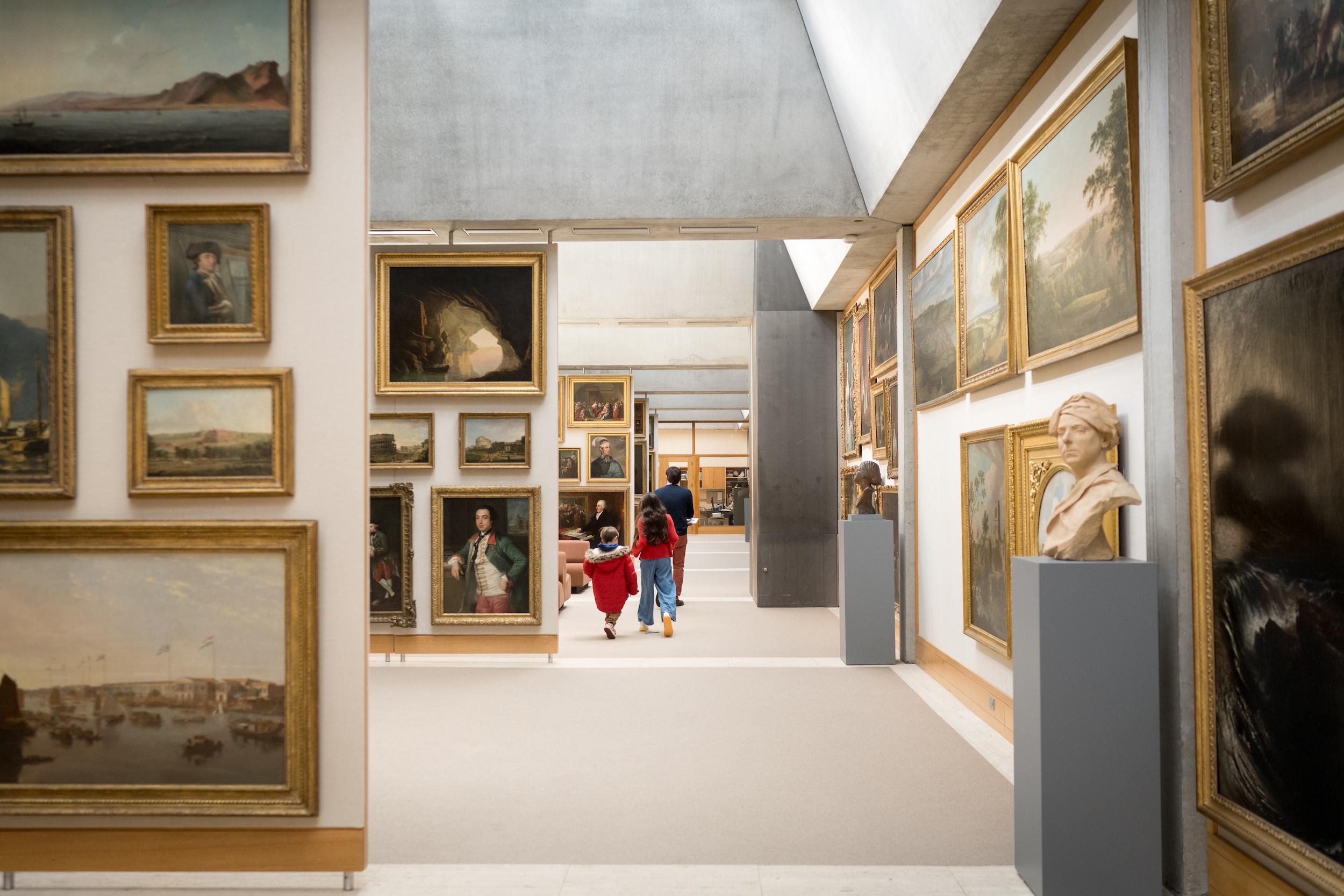
A view of the Long Hall gallery, which features Mellon's treasures hung salon-style.
It also serves to tell a more nuanced, complicated story of the British empire. ‘We wanted the paintings to kind of lead the way,’ says museum director Martina Droth. ‘One of the things we found was that close to half of the artists that you see on this floor weren't actually born in Britain…so there's a global narrative that's already here that we don't have to force out into the open. It's kind of imbricated in the collection.’
Revisiting the permanent collection enabled more freedom with temporary exhibitions, too. The museum is re-opening with two separate exhibitions, one on the works of Turner on the occasion of his 250th birthday; the other, an exhibit of paintings by Tracey Emin I Loved You Until the Morning, the artist’s first-ever painting show. Though they lived and worked in different centuries, there are still surprising parallels between Emin and Turner, chiefly their connection to the seaside town of Margate, England.
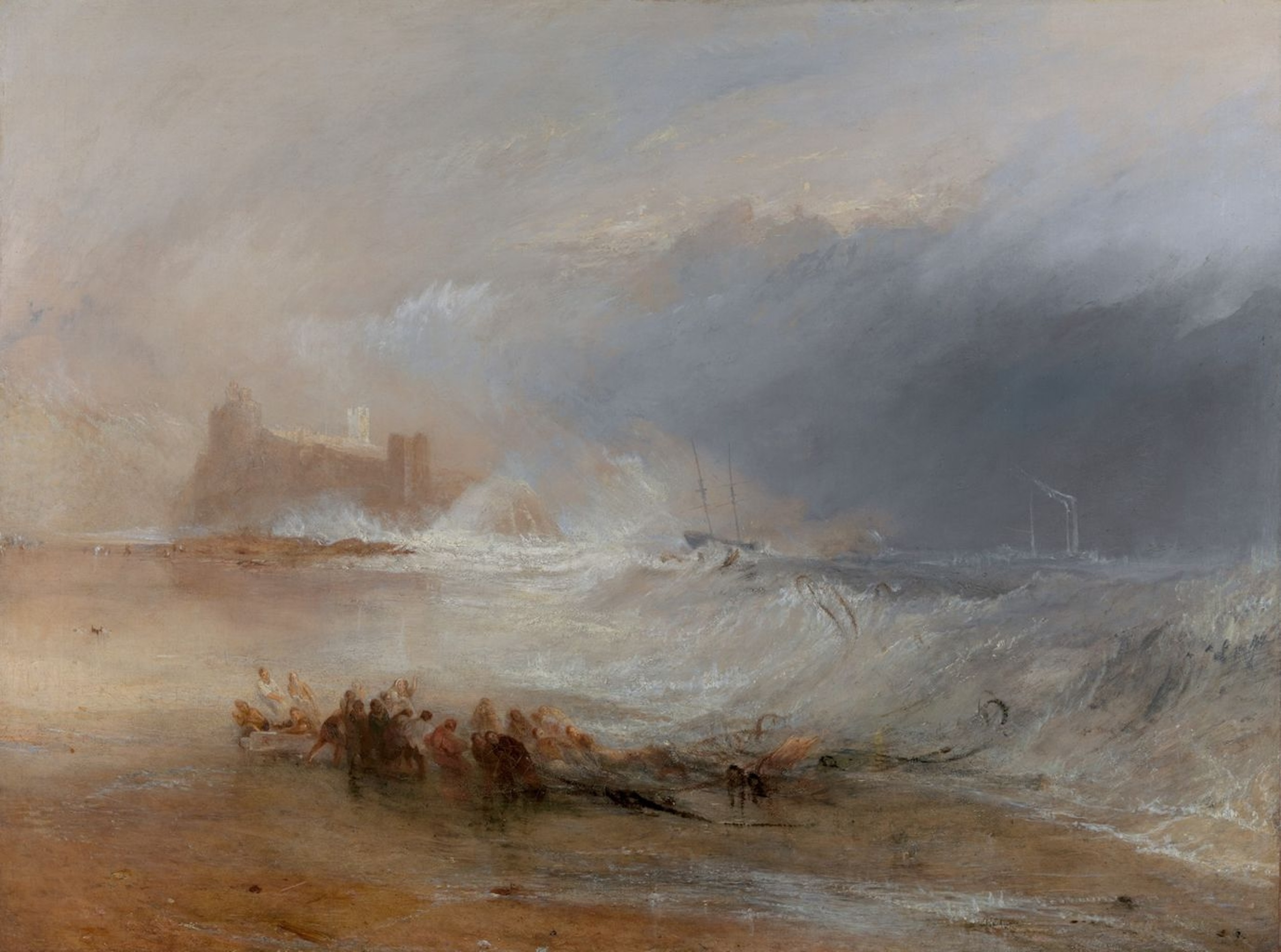
'Wreckers, Coast of Northumberland with a Steamboat Assisting a Ship off Shore,' by J. M. W. Turner
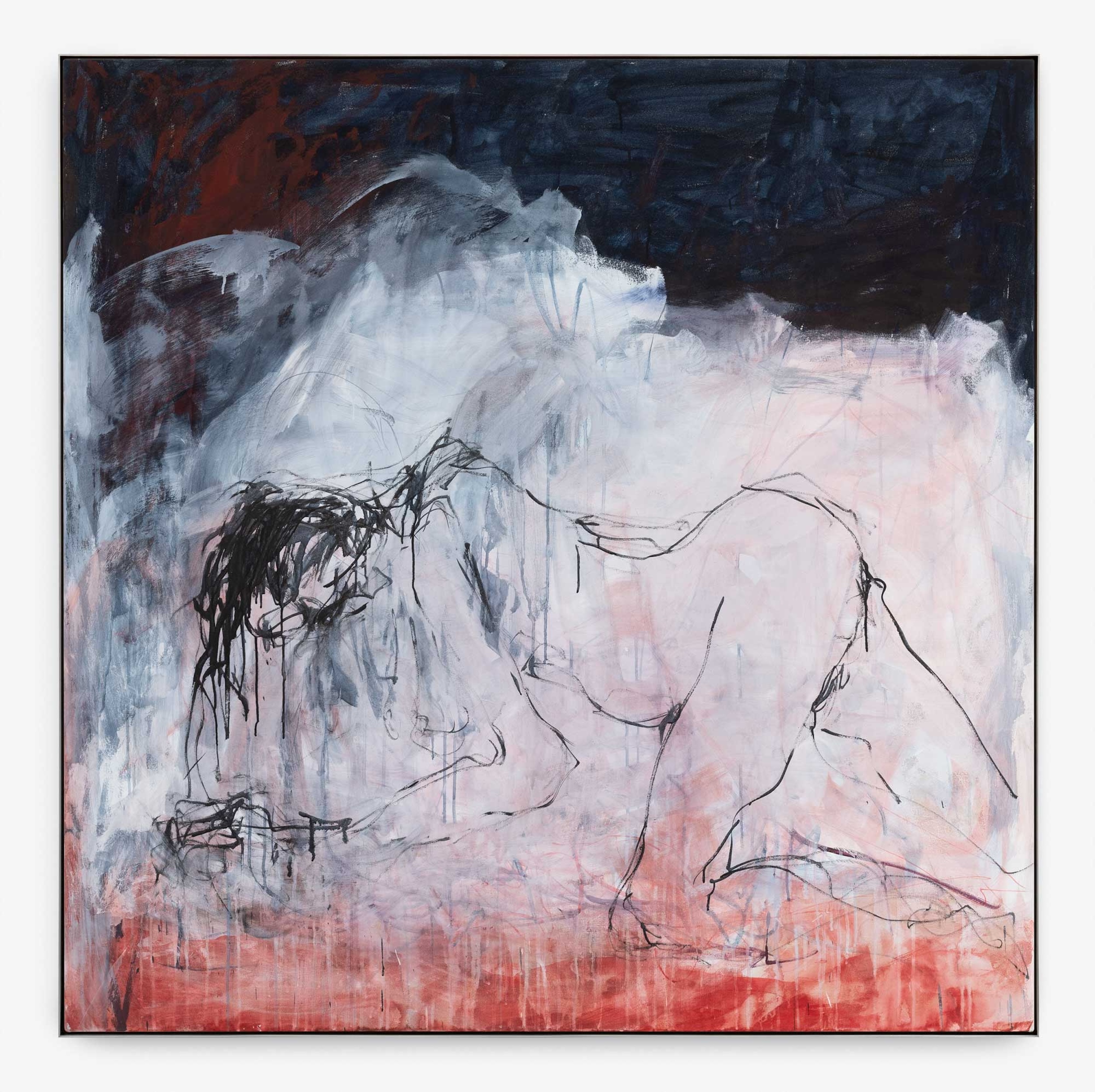
'You Kept It Coming,' by Tracey Emin.
“Tracey, as a painter, just loves this idea–that she has seen the same sunset, the same shoreline, as Turner. For her, that's very resonant,’ says Droth. ‘And she loves the idea that her paintings can be seen as part of a longer trajectory.’
Already, that kind of long view feels very present in YCBA’s galleries. On a recent afternoon, Yale students were welcomed back into the museum. Sunlight flooded into the entrance court. A reception in an event hall had a photobooth with props that included plush corgis and Union Jacks. Even Handsome Dan, the English bulldog that’s Yale’s mascot, trundled through the galleries.
What would Kahn himself make of the changes? If he noticed a difference, he likely would have shrugged. After all, as the architect once told Jules Prown, ‘The architect cannot camp in his building.’
Anna Fixsen is a Brooklyn-based editor and journalist with 13 years of experience reporting on architecture, design, and the way we live. Before joining the Wallpaper* team as the U.S. Editor, she was the Deputy Digital Editor of ELLE DECOR, where she oversaw all aspects of the magazine’s digital footprint.
-
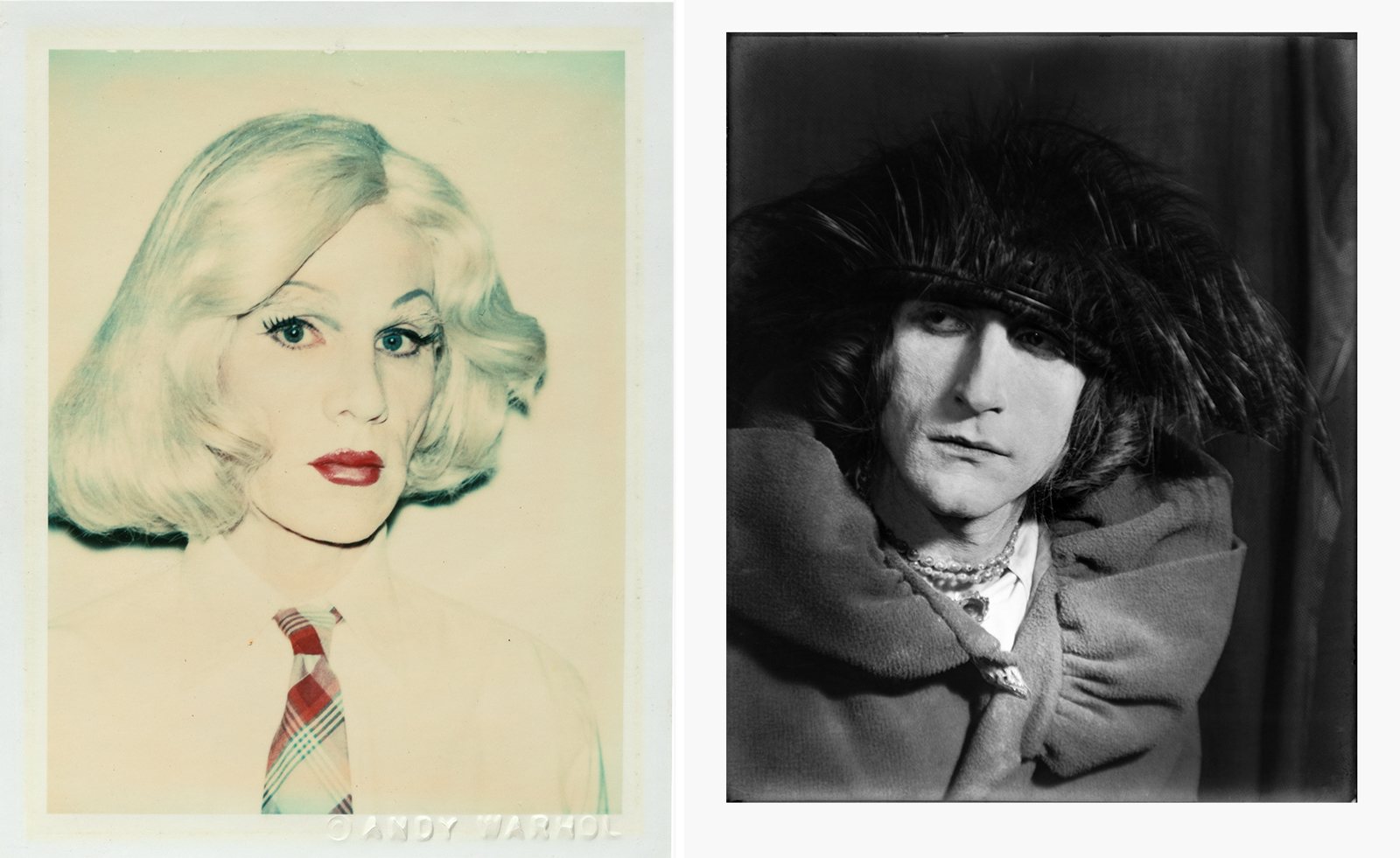 From Rembrandt to Warhol, a Paris exhibition asks: what do artists wear?
From Rembrandt to Warhol, a Paris exhibition asks: what do artists wear?‘The Art of Dressing – Dressing like an Artist’ at Musée du Louvre-Lens inspects the sartorial choices of artists
By Upasana Das
-
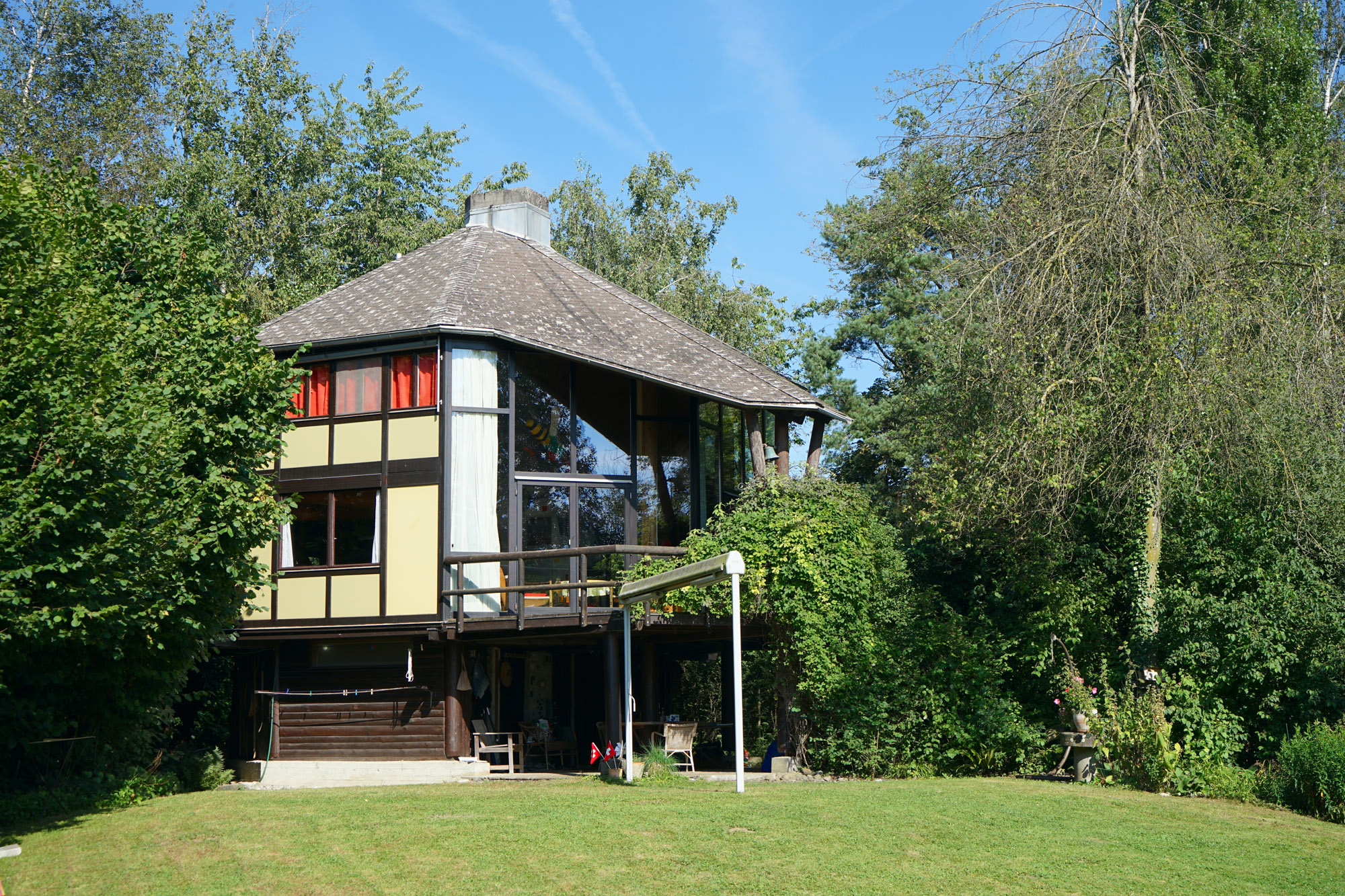 Meet Lisbeth Sachs, the lesser known Swiss modernist architect
Meet Lisbeth Sachs, the lesser known Swiss modernist architectPioneering Lisbeth Sachs is the Swiss architect behind the inspiration for creative collective Annexe’s reimagining of the Swiss pavilion for the Venice Architecture Biennale 2025
By Adam Štěch
-
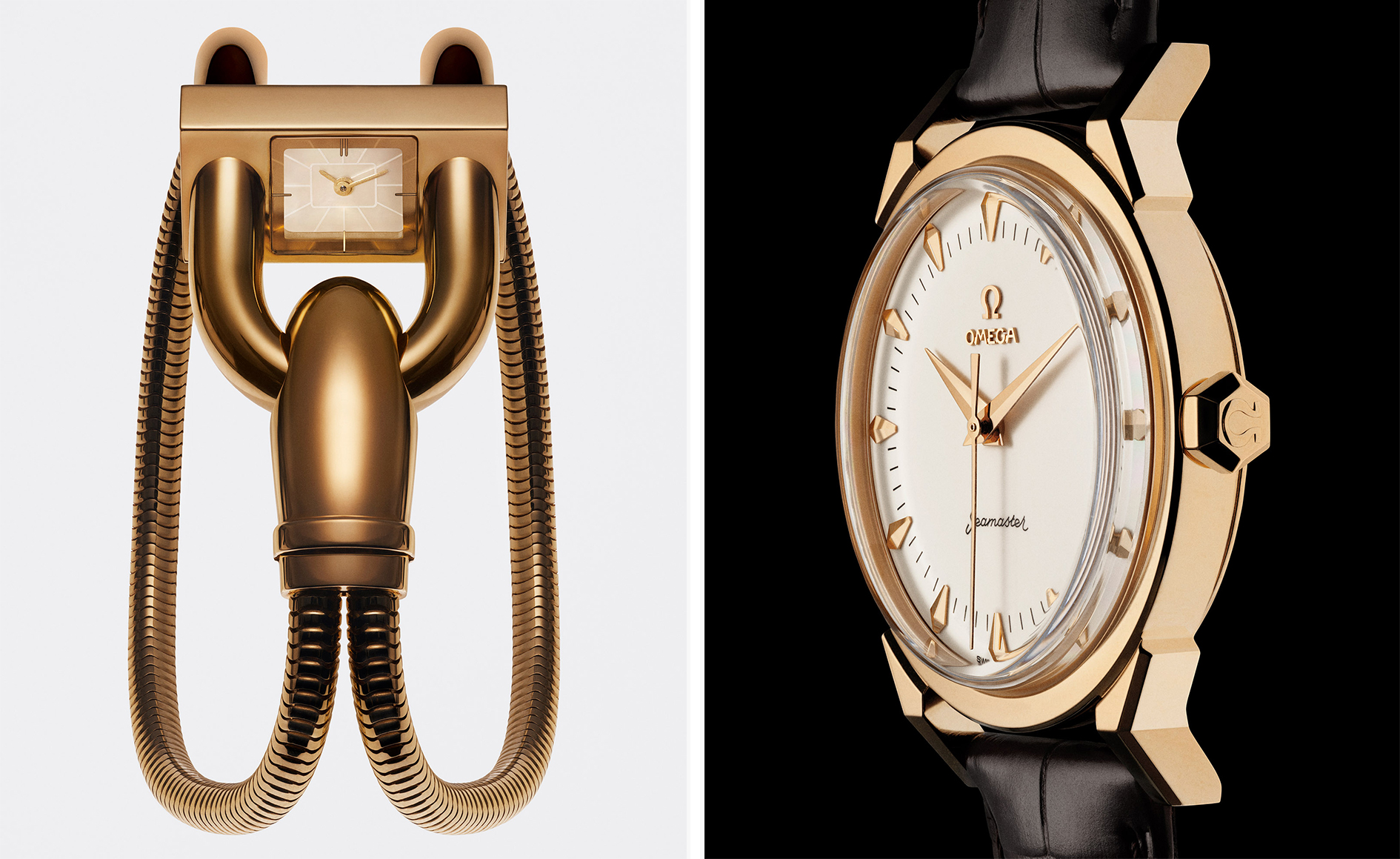 A stripped-back elegance defines these timeless watch designs
A stripped-back elegance defines these timeless watch designsWatches from Cartier, Van Cleef & Arpels, Rolex and more speak to universal design codes
By Hannah Silver
-
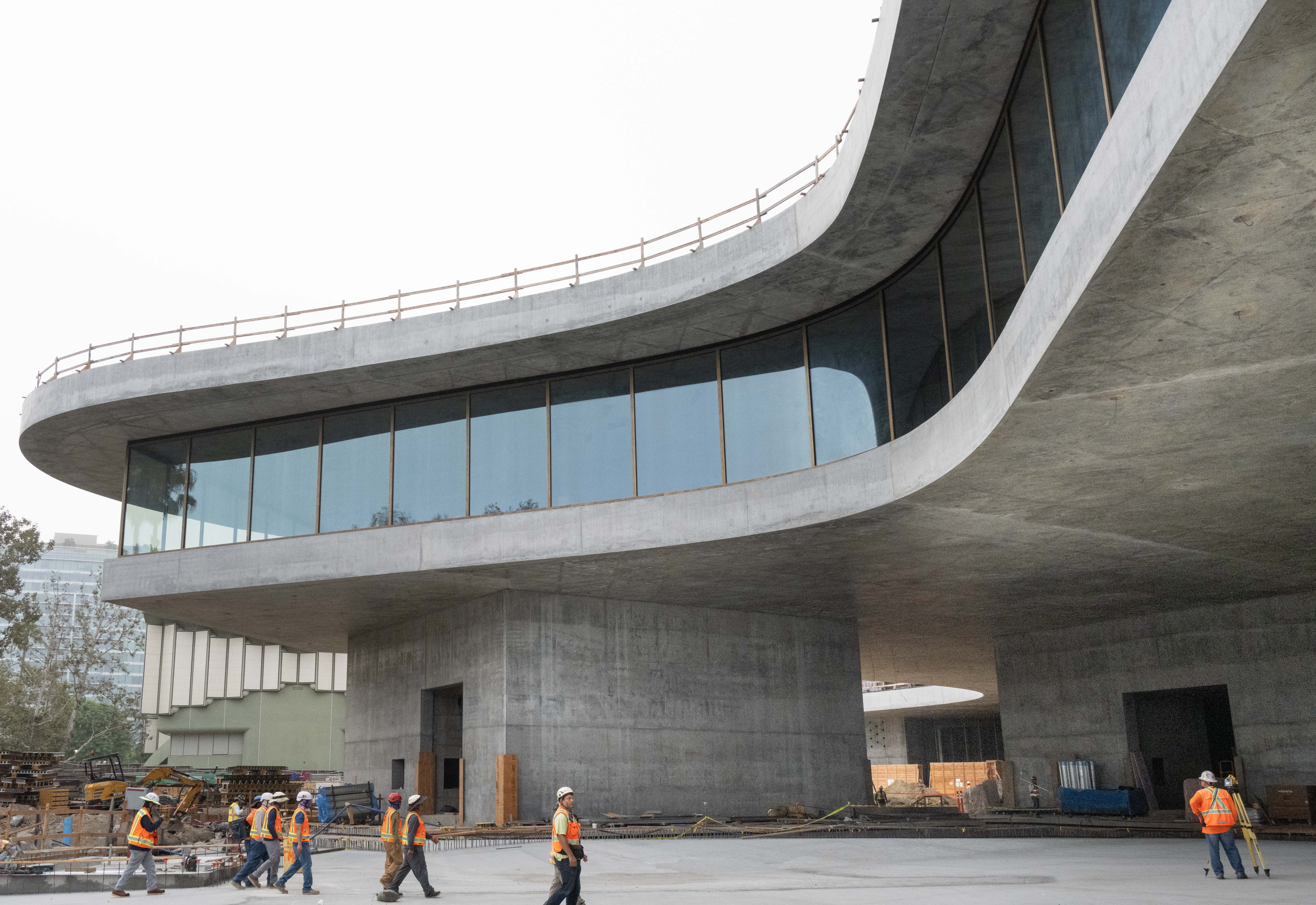 You’ll soon be able to get a sneak peek inside Peter Zumthor’s LACMA expansion
You’ll soon be able to get a sneak peek inside Peter Zumthor’s LACMA expansionBut you’ll still have to wait another year for the grand opening
By Anna Fixsen
-
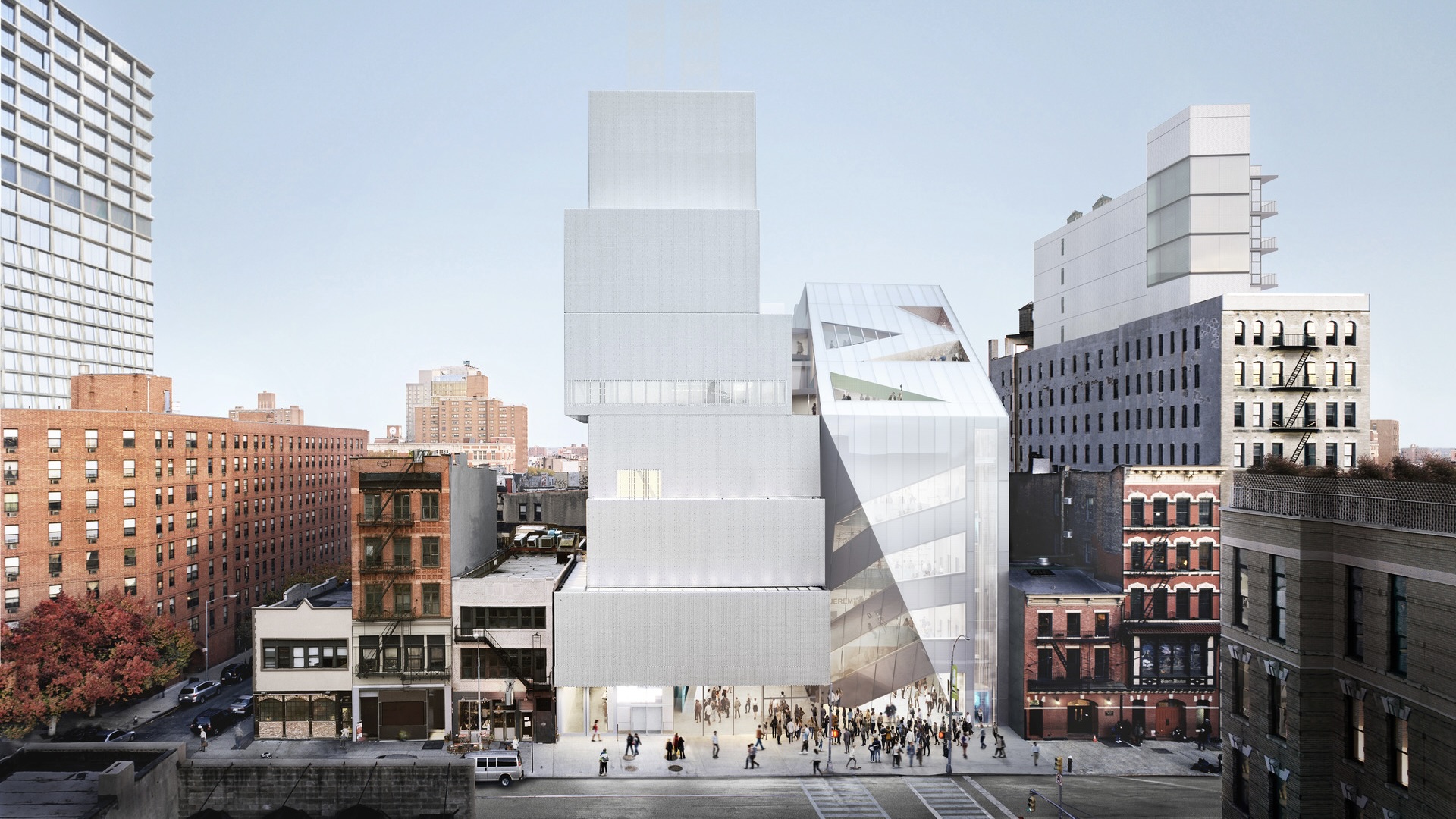 NYC's The New Museum announces an OMA-designed extension
NYC's The New Museum announces an OMA-designed extensionOMA partners including Rem Koolhas and Shohei Shigematsu are designing a new building for Manhattan's only dedicated contemporary art museum
By Anna Solomon
-
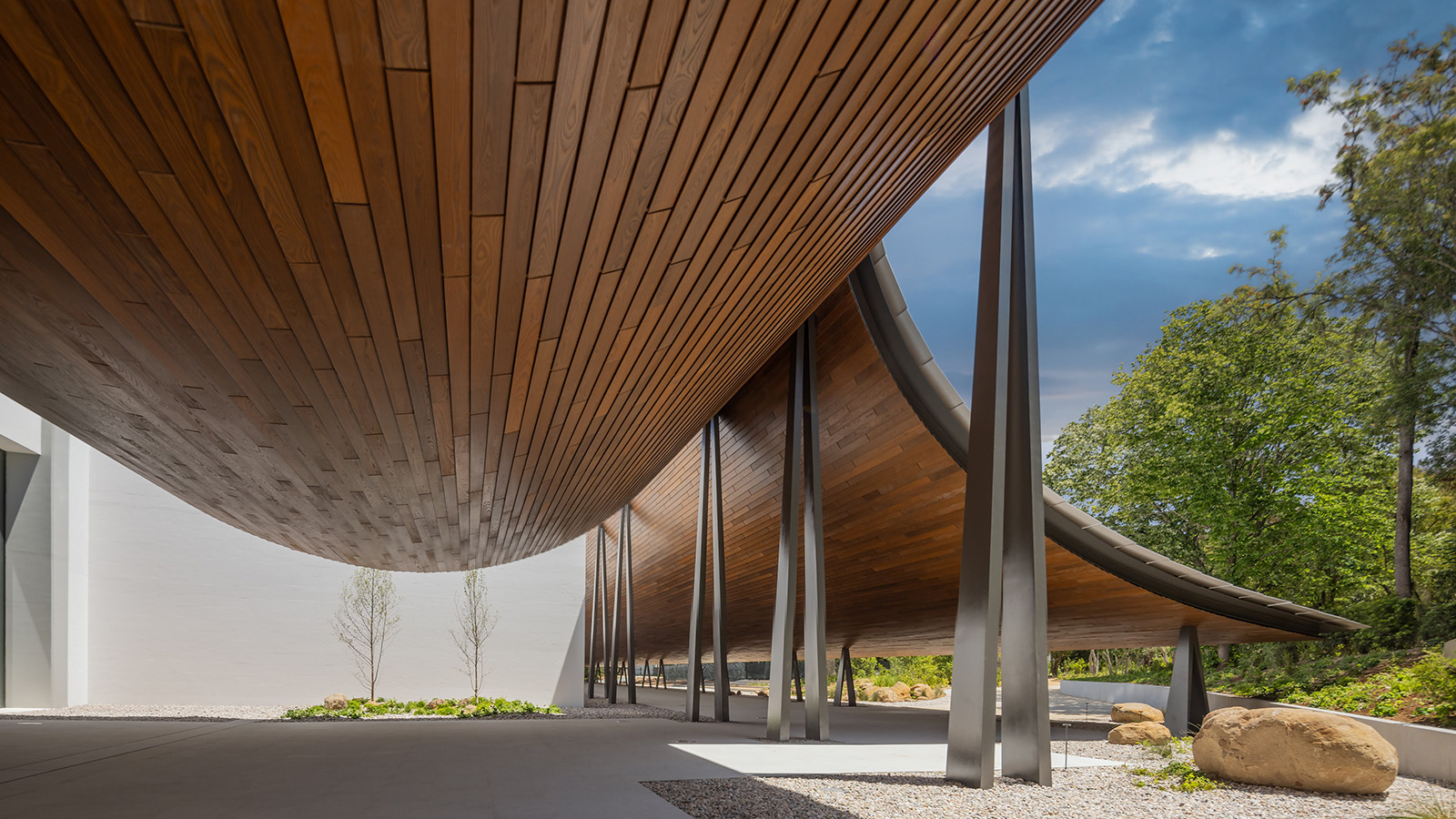 Gulbenkian Foundation's new art centre by Kengo Kuma is light and inviting
Gulbenkian Foundation's new art centre by Kengo Kuma is light and invitingLisbon's Gulbenkian Foundation reveals its redesign and new contemporary art museum, Centro de Arte Moderna (CAM), by Kengo Kuma with landscape architects VDLA
By Amah-Rose Mcknight Abrams
-
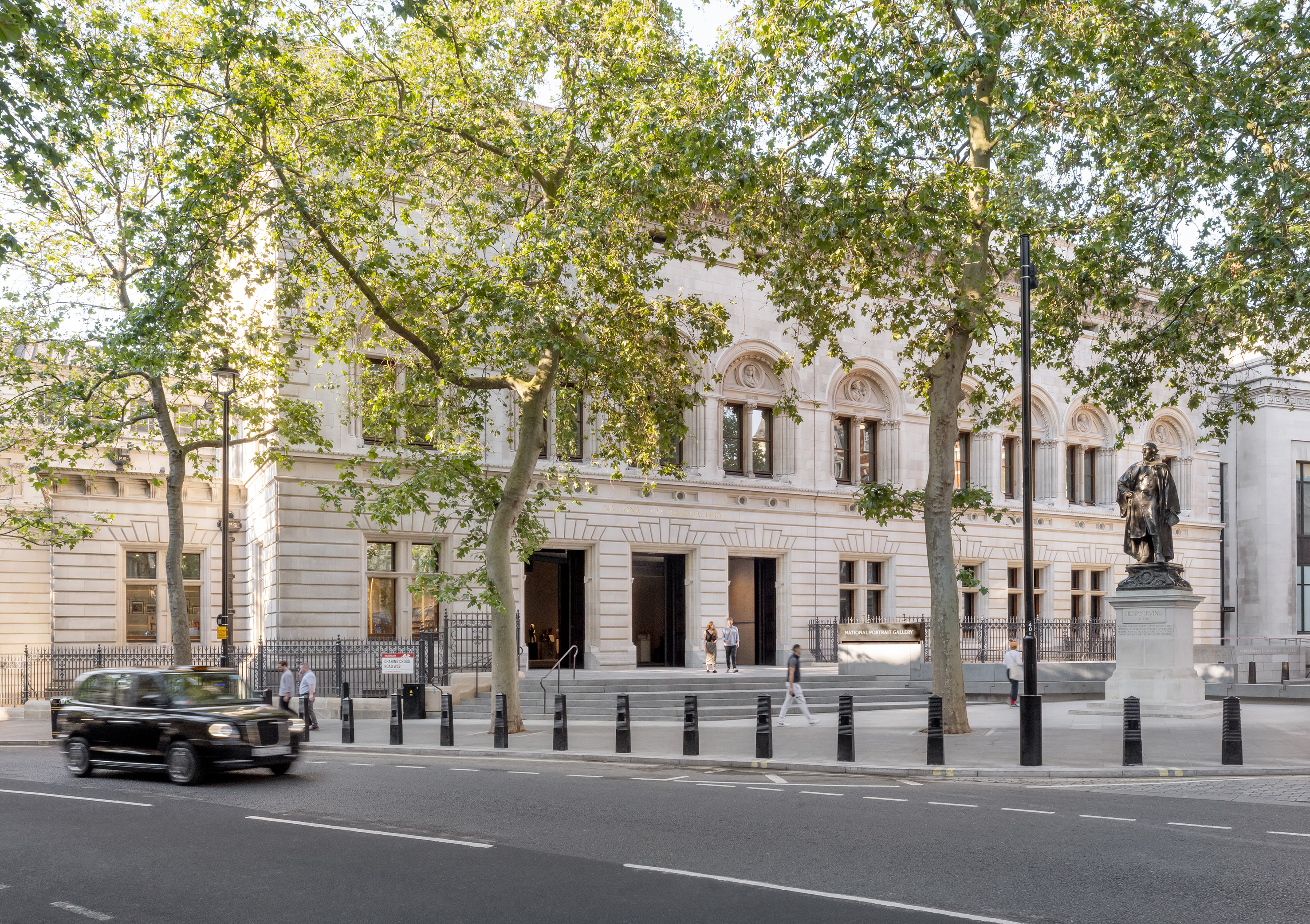 National Portrait Gallery reopens its refreshed home
National Portrait Gallery reopens its refreshed homeLondon’s National Portrait Gallery reopens with a design by leading architect Jamie Fobert and conservation specialist Purcell
By Ellie Stathaki
-
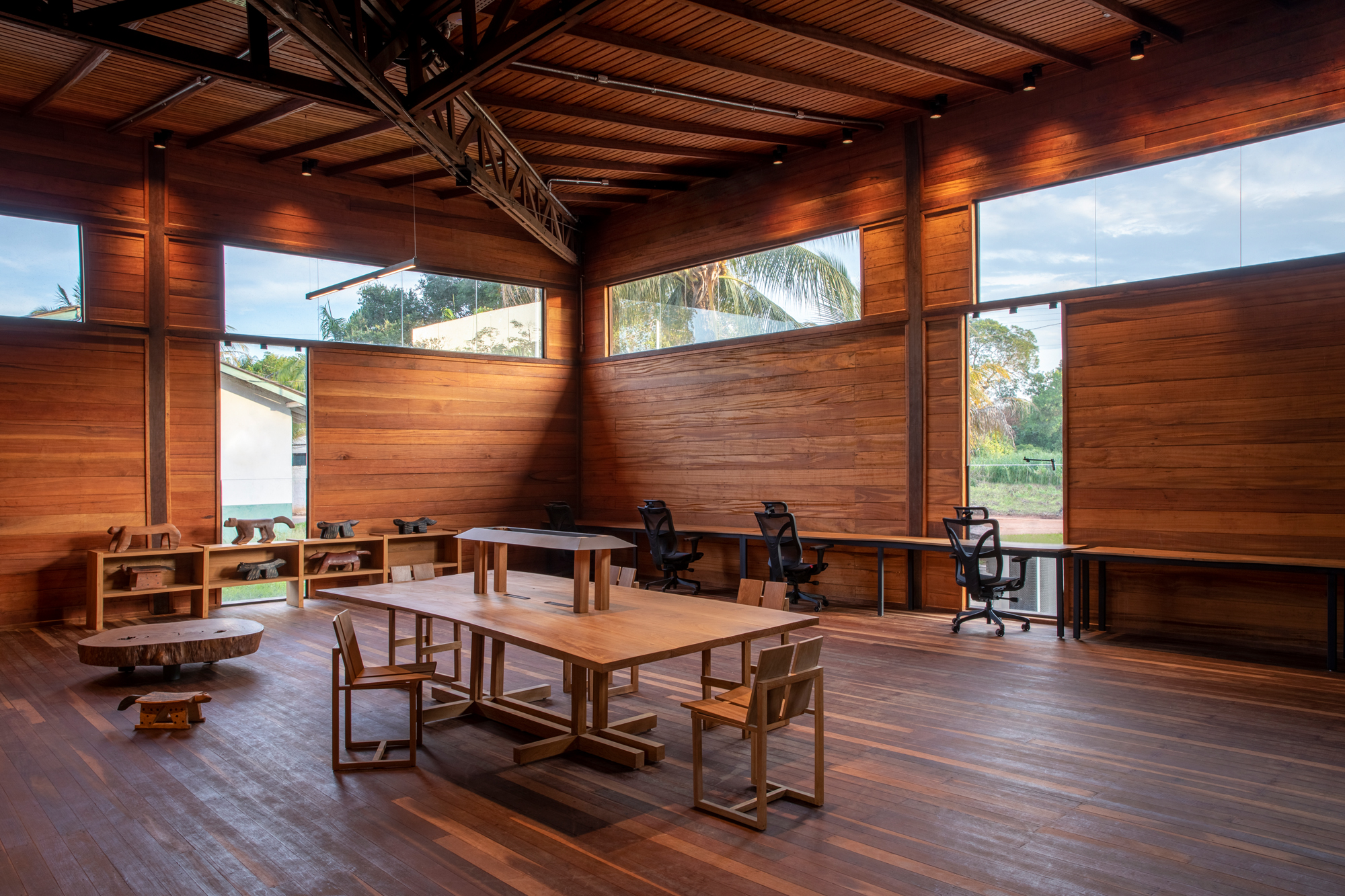 The Museum of Amazonian Science offers global hope and sustainability
The Museum of Amazonian Science offers global hope and sustainabilityAn environmentalist’s ambitious project includes the Museum of Amazonian Science in Brazil and fulfils his vision of powering up the local bioeconomy and saving humanity
By Scott Mitchem
-
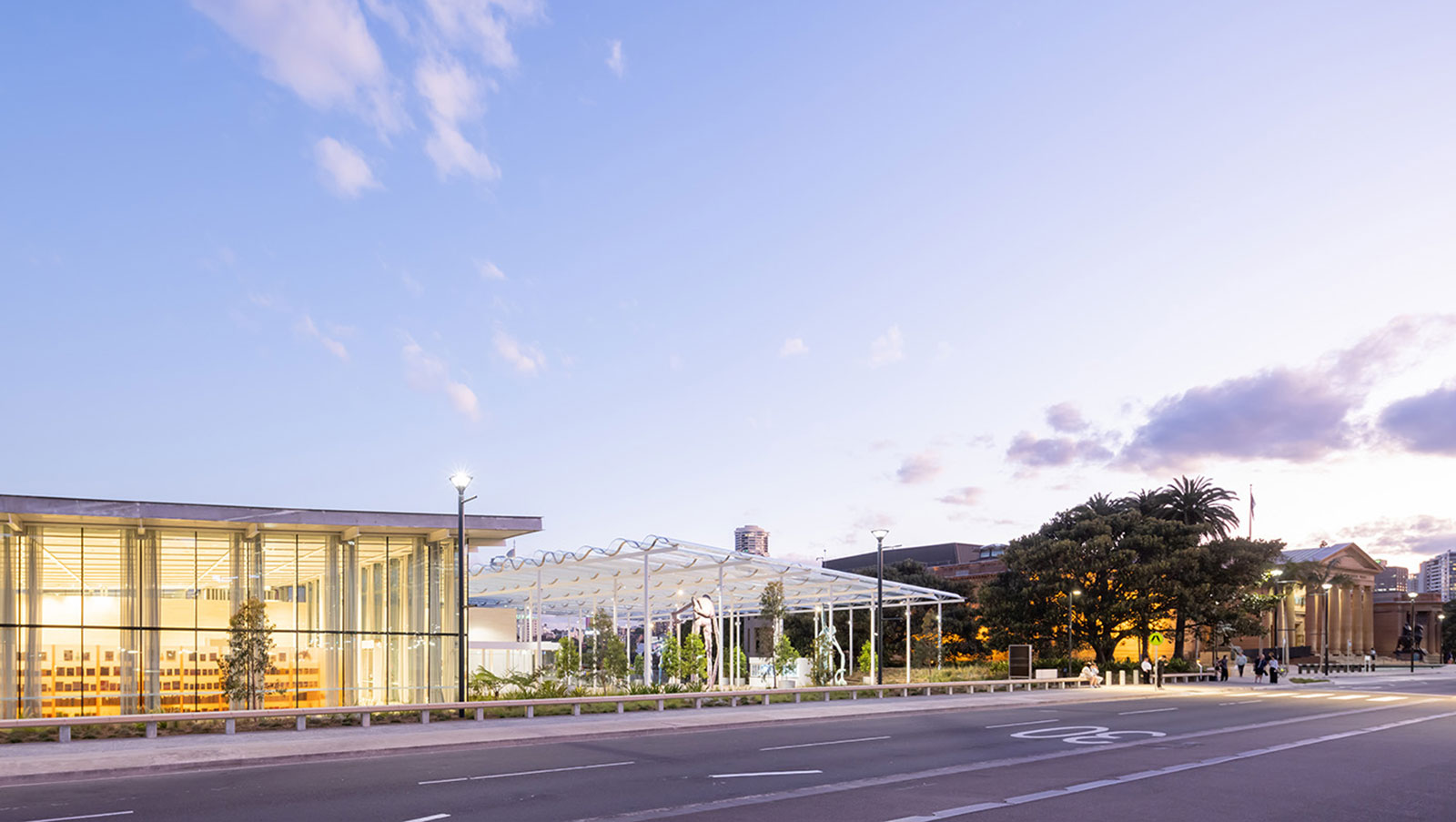 Sydney Modern opens its doors and reveals immersive SANAA architecture
Sydney Modern opens its doors and reveals immersive SANAA architectureSANAA’s Sydney Modern opens its doors to the public in Australia
By Ellie Stathaki
-
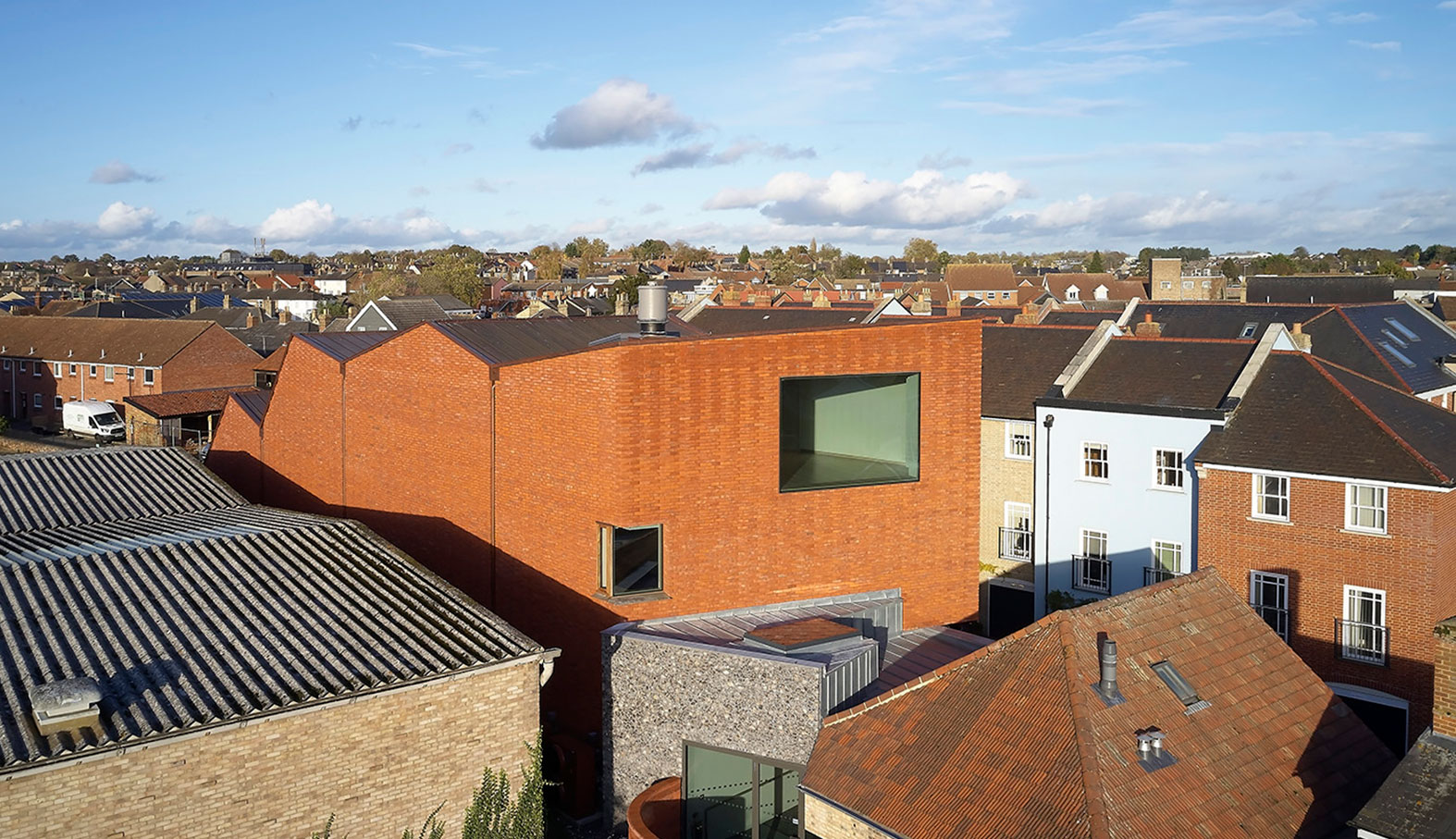 Refreshed Gainsborough House in Suffolk gears up for reopening
Refreshed Gainsborough House in Suffolk gears up for reopeningThomas Gainsborough House in Suffolk reopens to a design by architecture studio ZMMA
By Ellie Stathaki
-
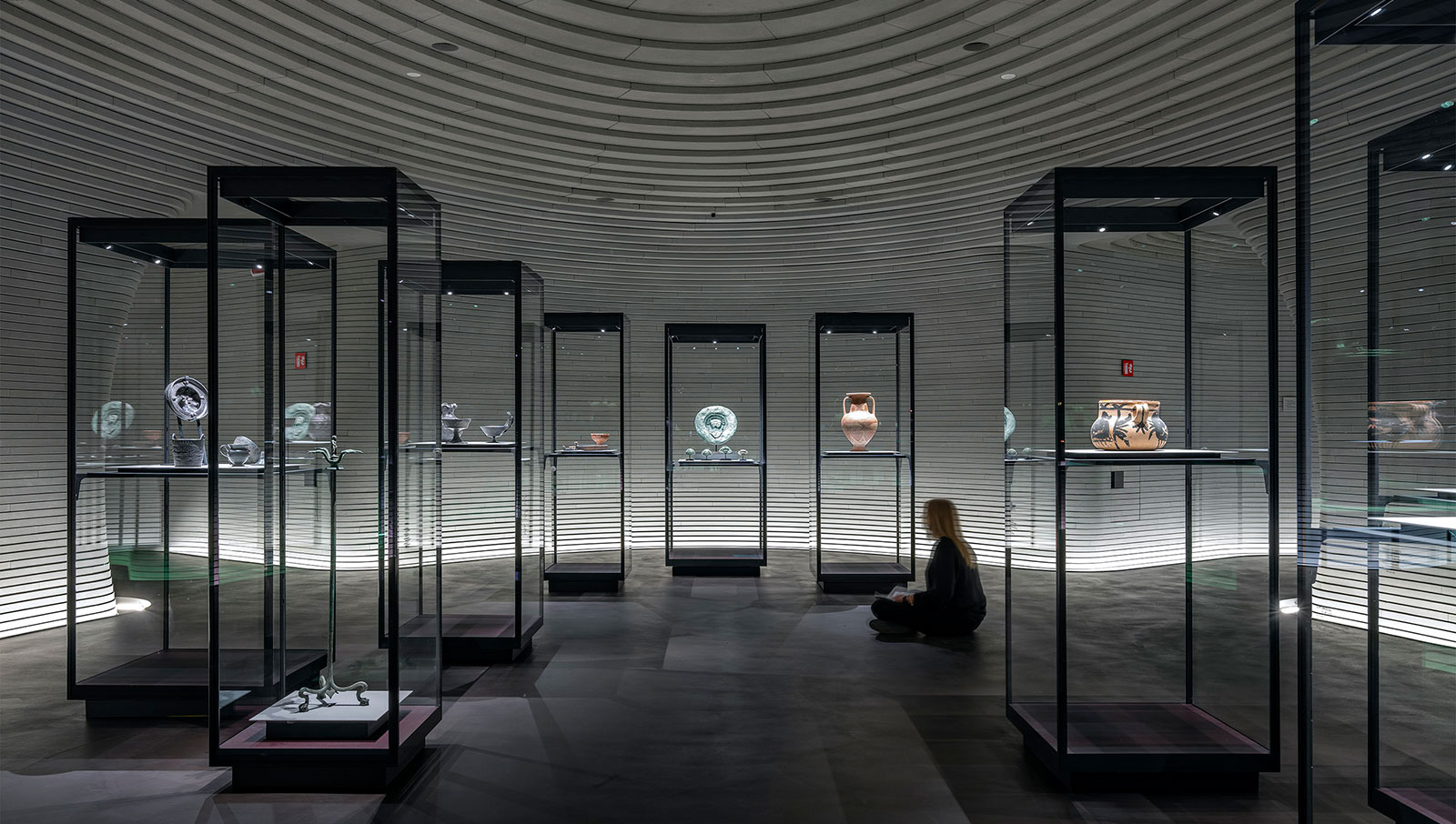 Etruscan Galleries at Fondazione Luigi Rovati by Mario Cucinella just flow
Etruscan Galleries at Fondazione Luigi Rovati by Mario Cucinella just flowIn Milan, the Etruscan Galleries at the Fondazione Luigi Rovati, designed by architect Mario Cucinella, open to the public
By Ellie Stathaki